
Disability and fashion: 5 adaptive clothing lines we love
Buying clothes that make us look and feel good is something we all have a right to do, disabled or not. But how many fashion brands actually take disabled people and their needs into consideration when designing or promoting their clothes? Not many. But US website Healthline and its writer Imani Barbarin have found five big-name adaptive clothing lines for people with disabilities that we can all be proud to wear.
The state of fashion is changing. In the past, inclusive, durable, and stylish apparel was nothing more than a wish and a list of brands that wouldn’t interfere with your prosthetics that your doctor gave you. And that’s if you were lucky.
I spent much of my teen years jealous of the heels I was unable to wear and patching up the elbows on sleeves where they’d worn thin because of my crutches.
Though I was fortunate enough to wear a uniform during school hours, it was still difficult to put on certain clothes, such as tights and knee-high socks.
In recent years, however, more designers have begun to take notice of the limitations of mainstream fashion. They’re now creating clothing for the one-fifth of the consuming public not often represented by the industry.
Fashion events, including the Cerebral Palsy Foundation’s third annual Design for Disability Gala and Parsons – an annual 10-week course for rising designers to learn the latest techniques for creating inclusive garments – points to how the industry is altering its view of adaptive clothing.
People with disabilities deserve the choice of self-expression using fashion. But for that to happen, we need all the snaps, zippers, and functionality possible to work with the mobility devices we use every day. Here are some of the brands that are currently making this possible.
Tommy Hilfiger
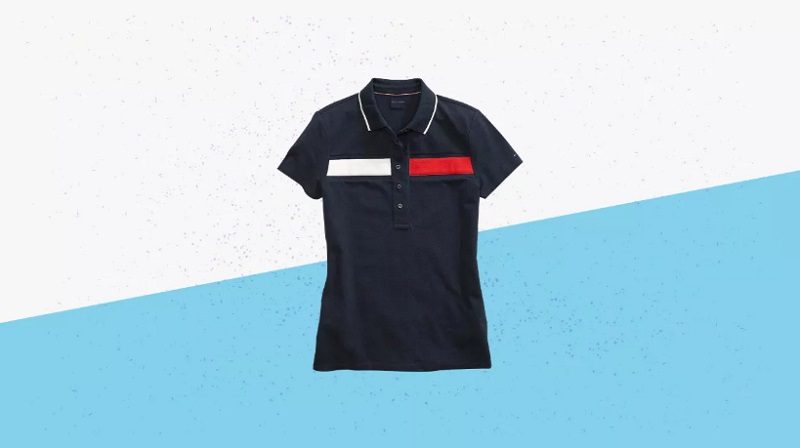
Style: Classic staples
Price point: ££/$$
When a mainstream fashion brand gears an entire line toward customers with disabilities, you know you’re onto something good — which is exactly what Tommy Hilfiger did.
As for the clothes, the designers for the collection relied heavily upon the feedback from people with disabilities, and the innovations reflected detailed attention to those comments.
True to its heritage, the line is classic Americana, coupled with accessible features for easy dressing. It includes magnetic and Velcro closures, adjustable waistlines, and one-hand zippers. Prices are reasonable, too. Items are only currently available in the United States — but I suspect people with disabilities from across the globe will begin to clamor for access to this collection.
Bezgraniz Couture
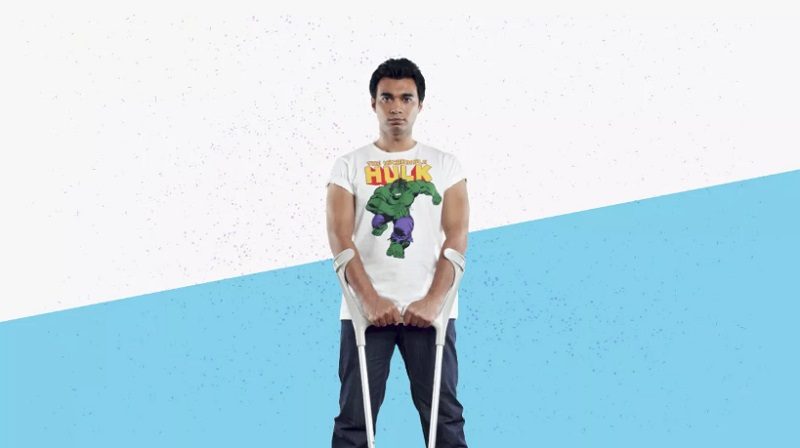
Style: Polished and on-trend
Price point: N/A
Since 2008, the Russian brand Bezgraniz Couture (“bezgraniz” means “without borders” in Russian) has sought to “rebrand disability” by using fashion to change the way audiences see disability and bodies.
The brand facilitates forums and classes in accessible design, and hosts contests for the most innovative in adaptive designs. In 2017, it hosted a show at Moscow’s Mercedes-Benz Fashion Week. It’s since made its way to Los Angeles’ fashion week.
The fashion house is internationally acclaimed, and the brand features local influencers with disabilities in each of its shows. It’s not simply that Bezgraniz Couture wants to make more designers think about accessibility. Instead, it looks to facilitate a surge in artists for whom inclusivity is their calling.
As it stands, the brand functions as more of an outlet for advocacy and awareness. Despite its well-known status, little can be found about their distribution. For now, its sleek moto jacket and easy pull-on jeans will have to exist solely in my dreams.
Rebirth Garments
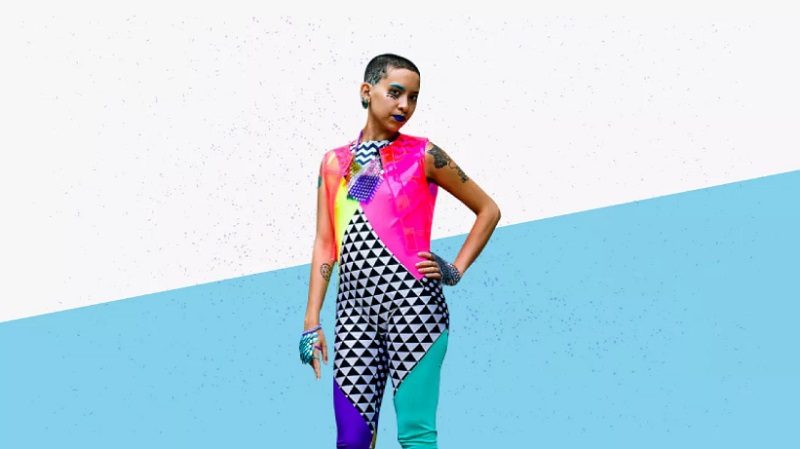
Style: Gender non-conforming and experimental
Price point: ££-£££/$$-$$$
Full disclosure: I modelled for Rebirth Garments in 2017 at Sarah Weis’ installment of Minimalist Bedroom during Paris Fashion Week. Its work focuses on creating a “QueerCrip” fashion culture through clothing that represents the wearer, regardless of gender, size, or ability.
The brand’s creator, Sky Cubacub, who identifies as a Spoonie (a type of person with chronic illness), noticed that there was a gap in what people with disabilities could wear and what the industry was willing to make. So, Cubacub created a line that represented all bodies.
Rebirth Garments’ shows are like living artistic installations. The shows often feature queer and plus-size people with disabilities as models. As a plus-sized, disabled “qween” myself, I found its clothing fit me well without losing the integrity of the design.
The clothes are a mix of bright colors and non-traditional hemlines and cuts. All pieces are handmade and can be custom ordered.
Target
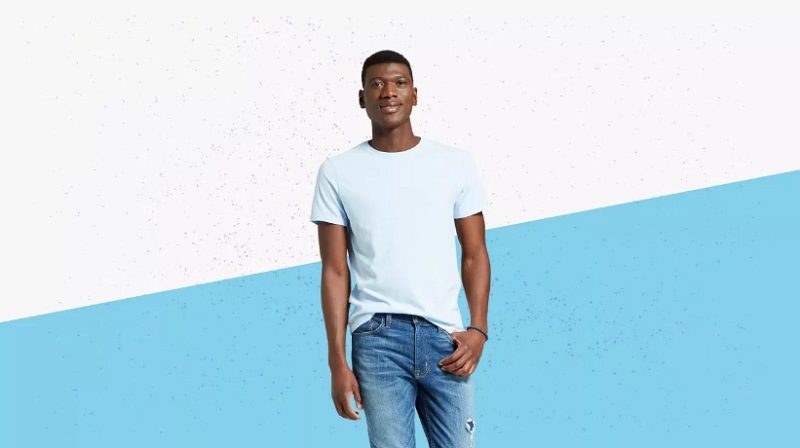
Style: Basics
Price point: £/$
In 2017, Target announced its intent to delve into the accessible fashion arena. Part of this initiative included input from designer Stacey Monsen, whose daughter, Elinor, has autism. Monsen realised that all the garments she was buying for Elinor were either too big or just about function with no style.
After talking with internal design colleagues, Monsen decided to address the problem head on. The line — part of the Cat & Jack collection — later expanded even further to adaptive apparel for children living with other disabilities. The end result was pieces that address needs for both those with physical disabilities and neurodiversity.
Tops feature a flat seam to avoid skin irritation. Pants and bottoms have easy closures for those with limited dexterity. This particular line features nearly 40 pieces. Prices average at about $20 a piece (£15), making this the most affordable accessible brand so far.
Zappos
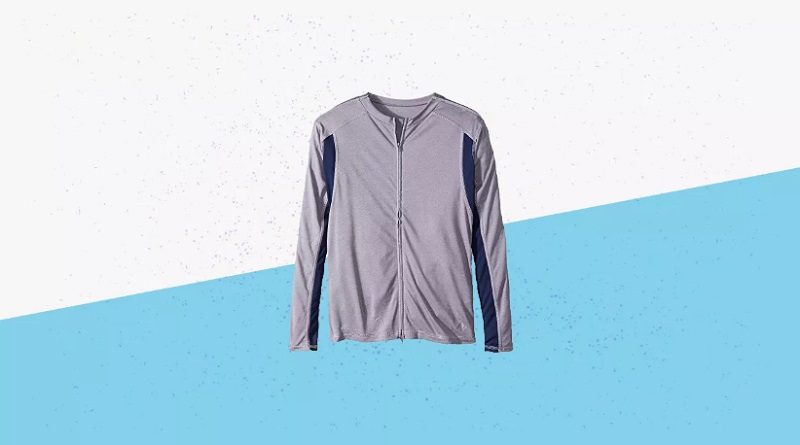
Style: Functional and on-trend
Price point: £-££/$-$$
Only clothing giant Zappos has an entire line of accessible fashion dedicated to diverse body types. While managing to create several garments with easy closures and adjustable waistlines, Zappos has ventured into hospital wear as well. The brand has created clothing that can be opened at the collar for treatment, and active lounge wear for recovery.
Most impressive, though, is their line of adaptive footwear. As someone who wears combat boots out of necessity to events that call for heels, this is an exciting development. Shoes can be opened via zippers, making it easier to slip your foot in and out. Pricing is reasonable too, with many clothing items under $50 (around £40) and shoes under $100 (£80).
Zappos still functions as a catch-all for several different brands, but this is what makes it such a wonderful resource. I was shocked that so many options existed all in one place. It’s worth the time to investigate for your own fashion needs.
For years, my closet has been haunted by sneakers and combat boots for every occasion. But, with Zappos, I feel like I can blend in other styles when I want to, and even experiment a bit more.
The takeaway
Finding your style as a person with disabilities can feel like trying to catch a butterfly with your bare hands. I’m hopeful for the future though as I watch more of the fashion world beginning to include us. A rise in accessible fashion educational programs at design schools also offers hope for fashionistas with disabilities in the near future.
I implore everyone to find the style and personality that they’ve always wanted to show the world. Use every sidewalk, ramp, and elevator as your runway.
By Imani Barbarin
You can read more of Imani’s articles on her website and follow her on Twitter.
More on Disability Horizons…
One Comment